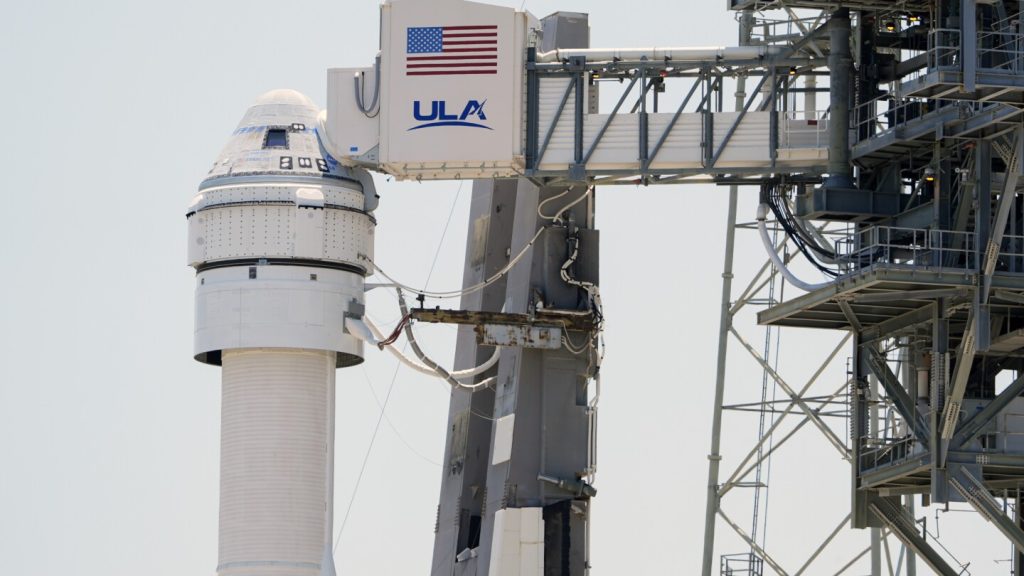Boeing is aiming to launch its first astronaut mission in June after dealing with a propulsion system leak on its Starliner capsule. The leak was discovered following a failed launch attempt on May 6, but engineers believe it can be managed in flight. The company and NASA have conducted intensive reviews and determined that the capsule is safe to fly two test pilots to the International Space Station. The target date for the launch is June 1, marking the third test flight for the Starliner.
If not for a valve issue on the Atlas V rocket, the Starliner would have launched earlier this month with the leak already present. Officials say that flight controllers would have been able to manage the leak and ensure the safety of the astronauts on board. The identification of the leak has also led to the discovery of another design vulnerability in the propulsion system, but engineers have developed workaround methods to address this potential issue. Boeing program manager Mark Nappi emphasized that this is a test flight and that the team is still learning from each mission.
NASA Associate Administrator Jim Free reiterated that safety is the top priority and that they will not proceed with the launch until they are certain it is safe. Boeing’s Starliner program has faced delays in transporting astronauts to the ISS, with SpaceX already conducting crewed missions since 2020. NASA is looking to have both companies as options for crew transportation to ensure redundancy and reliability in the space taxi service. The goal is to have multiple options for transporting astronauts to and from the ISS.
The identification of the Starliner leak has provided valuable insights for improving the propulsion system in the future. Engineers now have a better understanding of the location of the leak, which will help in enhancing the system for future missions. Despite the challenges faced during the testing phase, Boeing remains committed to ensuring the safety and success of its astronaut missions. The testing and review processes are essential in identifying and resolving issues before sending astronauts into space.
Boeing’s Starliner capsule has undergone several test flights, with the latest being the third in the series. The previous flights, conducted in 2019 and 2022, were uncrewed but revealed software and other flaws that needed to be addressed. The current mission aims to test the capabilities of the Starliner with two test pilots on board, providing valuable data for future crewed missions. The collaboration between Boeing, NASA, and other stakeholders is crucial in advancing human spaceflight capabilities and ensuring the safety of astronauts in space.
The delay in the Starliner program highlights the complexities and challenges involved in developing and testing spacecraft for crewed missions. NASA’s partnership with private companies like Boeing and SpaceX has enabled the agency to leverage expertise and resources from the commercial sector to accelerate crewed spaceflight capabilities. Despite setbacks and technical issues, the focus remains on achieving safe and reliable transportation for astronauts to and from the ISS. The upcoming astronaut launch in June will be a significant milestone for Boeing and the Starliner program, demonstrating the progress and resilience of the American space industry.


